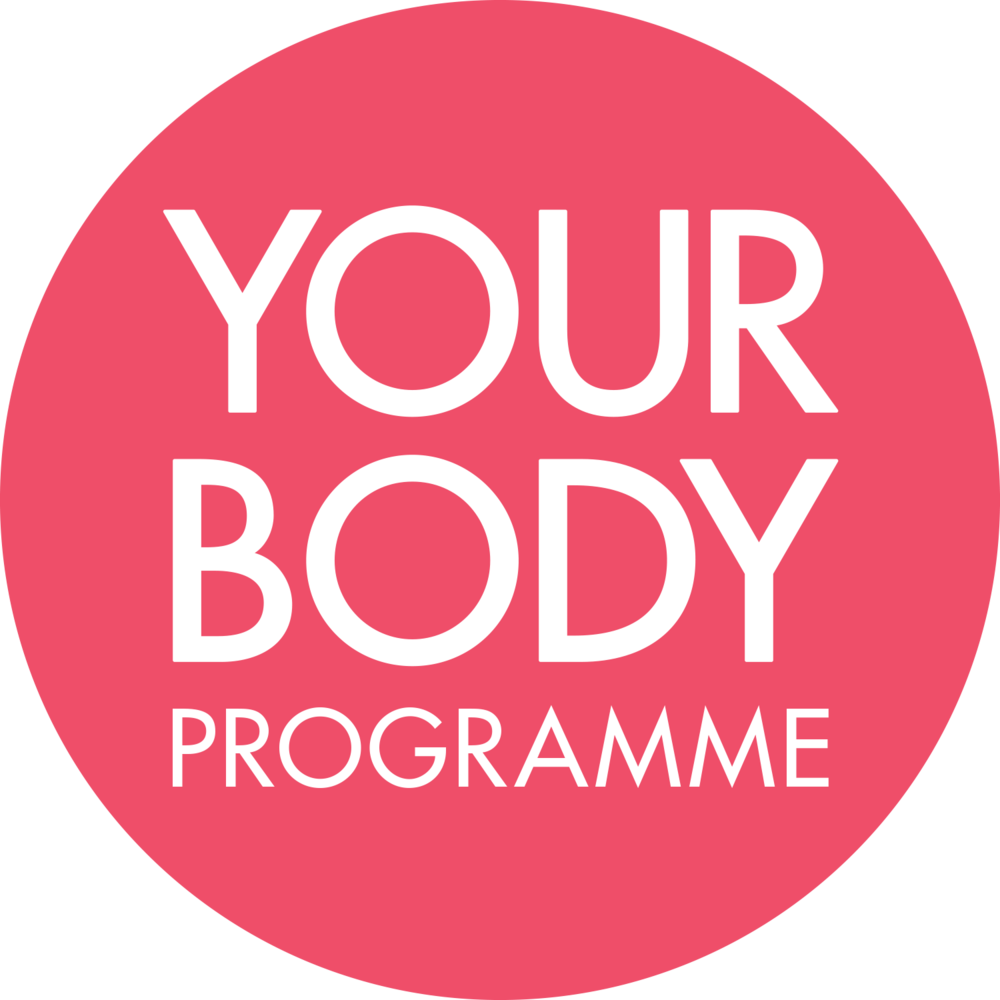Men and women are not the same
Here at YBP we like to look as our members as individuals. The way you eat and exercise is not just determined by body type, age, ability level, but also by gender. There are many exercise strategies and nutrition programmes on the market, which are generic, one size fits all. This just doesn’t work.
Women are very different to men
When resting women tend to burn more glucose than men. They also store more fat after eating, which is to preserve life saving, essential fats.
From an evolutionary perspective, more fat on a woman is beneficial during pregnancy and lactation. Storing fat on the hips and thighs (gluteofemoral fat) is thought to be in preparation for pregnancy. This gluteofemoral fat has a higher percentage of DHA, one of three omega 3 fats. The theory is that there is a higher DHA level because it is important for breast milk production and it is also essential for the baby’s brain.
Burning fat
Interestingly, during exercise woman burn more fat than their male counterparts. Men tend to have more visceral fat (around the organs) and woman more subcutaneous (under the skin). Visceral fat is linked with cardiovascular disease and insulin resistance.
Women appear to lose fat from their upper body first, for the preservation reasons already mentioned. Fat seems to be harder to lose on certain areas on the body, for men it’s the lower abdominals and love handles, for woman it’s the hips and thighs. This is thought to be due to the type of receptors that are attached to fat cells. Receptors are like locks for a specific key, in this case the key is a hormone called adrenalin. The hormone adrenalin attaches to the receptors initiating lipolysis (fat burning). There are several different adrenergic receptors, alpha 1,2, beta 1,2 and several more. Alpha 1 and beta 1,2 are all lipolytic (causing fat breakdown), while alpha 2 is anti-liplytic (inhibits fat breakdown). The hips and thighs on a woman are high in alpha 2 adrenergic receptors. The combination of alpha 2 receptors and the hormone oestrogen make it harder for women to burn fat than men, who tend to have fewer alpha 2 receptors and more testosterone. The correct training and diet program will help to shift this stubborn fat.
Controlling stress
You may have read in other articles on YBP about the importance of keeping stress under control. High levels of stress in a woman can cause the hormone pregnenolone (the precursor to many hormones) to produce more cortisol and aldosterone rather than oestrogen and testosterone. Testosterone has been shown to increase fat loss, while oestrogen is linked with fat storage, although conversely it appears that oestrogen during exercise stimulates both adrenalin and human growth hormone, increasing fat loss.
It has been shown that cutting calories too much is not only harmful to reproduction, but it also disrupts hormones and increases cortisol. Too much stress and not getting the correct amount of calories will increase cortisol, causing muscle breakdown, slowing metabolism and subsequently reduce fat loss, even increasing fat storage.
Building muscle
Studies have shown that protein synthesis is actually the same in men and women, so it’s possible for women, especially certain body types, to build muscle. What makes it harder for a woman to build huge amounts of muscle is that they have a smaller percentage (10-30 times less) of the hormone testosterone than men. This is the hormone needed to build muscle. During and after exercise testosterone levels rise, but not enough to initiate any serious muscle growth, although athletic performance is improved. Protein synthesis decreases with age. So women will naturally find it harder to build serious muscle, but it is definitely possible with the correct training and diet programme to build a strong, lean body. At YBP we have seen time and again that woman who lift weights get the best results.
It’s important for women to train using weights, as even a small increase in muscle helps to speed metabolism. Research has shown that there is an extra 70-100 calories per day burnt for each kilo of muscle built.
Another very important reason for women to weight train is to increase the strength and density of their bones. Training with weight is a powerful preventative for osteoporosis, a disease caused by porous bones and low mineral density. Osteoporosis increases susceptibility to bone fractures. A high percentage of women get osteoporosis during their lives. Research has shown that six months of weightlifting may increase bone mineral density by as much as 15 percent. An increase in muscle will naturally cause an increase in bone density. The message is, don’t be afraid to weight train.

